A Modern Standard

Forever Young has become one of Bob Dylan’s most famous songs; one of a handful to have become a modern ‘standard’. It has been covered by a wide range of artists, even including contestants on TV talent shows. It was used as the theme song for the TV show Parenthood, which ran for six years from 2010 and has been adapted as a children’s book. It is not, however, a song addressed to a lover but is quite obviously directed to a child. Yet it is not a ‘children’s song’. It mines universal sentiments so successfully that it is equally appropriate as a message to older people, encouraging them to remain youthful. In that sense it resembles Young at Heart (1953), written by Carolyn Leigh and Johnny Richards for Frank Sinatra and later covered by Dylan on Triplicate (2017), his third album of standards. Forever Young has been performed many hundreds of times by Dylan, often at the climax of a show or as an encore. Unlike many of his other songs, very few liberties have ever been taken with the words or the music.
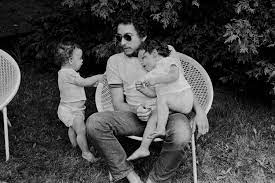
Versions of ‘Forever Young’
Composed in 1973 as a lullaby for his son Jesse, Forever Young is also the only song that Dylan has recorded two versions of on the same album. The ‘slow version’ from Planet Waves appears on what, on the vinyl release, was the end of Side One, whereas a speeded up take that does not linger over the lyrics kicks off Side Two. This version is almost dismissive of the sentiments in the lyrics. An even ‘rougher’ version, recorded acoustically as a demo in CBS offices, was released on the compilation Biograph in 1985.
In some ways this recording, primitive though it might be, can be seen as the most moving and affecting version of the song. The starkness of its presentation contrasts effectively with the conventional sentiments being expressed, creating an appealing sense of fragility in the narrator’s performance. But in most cases Dylan goes for the full band treatment. The original recording was made with The Band, who they provide their usual immaculate display of musicianship, with subtle interplay between guitar, bass, drums, mandolin, piano and organ. The live recording made at Winterland in San Francisco in 1976 as part of the Last Waltz concert is particularly impressive in the richness of its arrangement.

Dylan Plays It Straight
Despite the variations in the song’s original form, Dylan generally plays it straight, with few musical or lyrical changes. He hits the choruses in a fulsome way, like a genuine crooner, stretching out the title phrase for effect. His vocals are unusually restrained and melodic. This is a song which, despite his initial reservations about it being too sentimental, presages much of his engagement with the sentimental tradition in his twenty first century work. Yet the existence of the ‘soft’ and ‘hard’ versions sets up a kind of discourse between the potential future directions Dylan’s music might take. On his previous four albums he had deliberately adopted a more mellow tone and had experimented with composing much simpler and more conventional songs. The existence of the two versions on the album may indicate that he will, in fact pursue both avenues of expression.

A Ladder to the Stars
The song has a simple structure, with a repeated refrain at the end of each of the three verses. Over three quarters of the lines begin with the word ‘may’. It begins as a kind of prayer, beginning with the tearful father, perhaps holding his newborn child for the first time …May God bless and keep you always… he almost whispers, in an invocation derived from Numbers 6, 23-27, which is a common phrase used by Jewish parents towards their children. The first verse is marked by a series of rather generalised Biblical allusions. After he expresses his fervent hope that the child’s ‘wishes will all come true’, the following lines: …May you always do for others/ And let others do for you… although perhaps somewhat clumsily constructed, are invocations of the Biblical ‘golden rule’ which Dylan later explicitly focused on in Do Right for Me, Baby on 1979’s Slow Train Coming. The next lines, which are the most evocative in the song, implore the child to …build a ladder to the stars/ And climb on every rung… a clear reference to Genesis Chapter 8; in which Jacob has a dream of climbing such as ladder after fighting with his brother Esau. The use of the terms ‘ladder’ and ‘rung’ have the effect of ‘lifting’ the verse in preparation for the chorus.It would be stretching it a little to call Forever Young a religious song, although the obviously ‘spiritual’ content of this verse may have influenced Dylan’s decision to play it in his three song set before Pope John Paul 11 in Bologna in 1997.
DYLAN MEETS THE POPE
A Joyful Heart
The other verses add very little to what has already been said. The plea for the child to …grow up to be righteous… is another hint at Biblical language. This is followed by ….May you grow up to be true/ May you always know the truth and see the light surrounding you… Again, the repetition of ’true/truth’ is a little awkward, although the last image is quite inspiring. The narrator also hopes that his child will grow up to be ‘courageous’ and ‘strong’. In the final verse he expresses his hope that the child will be happy and fulfilled: …May your hands always be busy… he sings …May your feet always be swift… We then get another uplifting line …May you have a strong foundation when the winds of changes shift… before ending with …May your heart always be joyful/ May your song always be sung…the final line indicating that perhaps Dylan is partly directing the song towards himself. The attempt to be perpetually youthful was akey element of the counterculture as its denizens grew older. Thus the song became as kind of baby boomers’ anthem. When he wrote the song, Dylan was in his early thirties and was trying to balance his joy at being a ‘family man’ with his desire to return to the ‘cutting edge’ of popular culture. The slight clumsiness of some of the lines reflects this, although to some extent these lines add to the charm of the song, making the narrator appear more vulnerable.
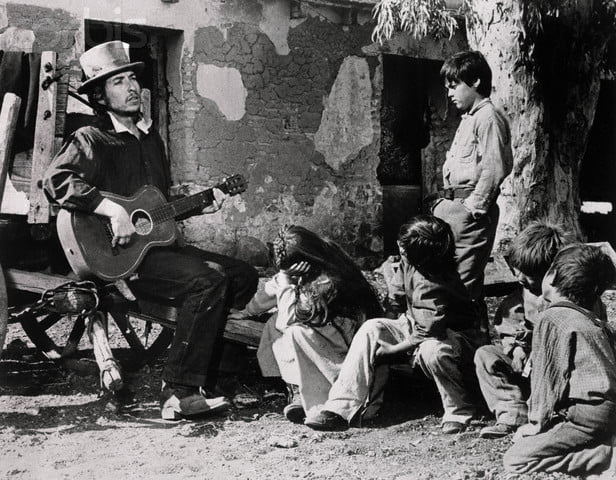
A SCENE FROM ‘PAT GARRETT AND BILLY THE KID’ (1973)
A Pure Expression of Love
Forever Young is a very atypical Dylan song. It is one of the few occasions when he appears to allow his heart to rule his brain. Yet this is really highly appropriate for such a song. Parents naturally do feel sentimental about their children. Despite Dylan’s use of clichés here, the uncertainty of certain elements of the song adds to its emotional realism. Picture the acclaimed ‘acid tongued’ poet, perhaps, staring down at his newborn child and admitting his own helplessness to express himself in a wholly original way. He is, after all, just feeling what millions of parents before him have felt. Thus this is not a song that can, through Dylan’s usual process of development of his work, be pushed in different musical or lyrical directions. It is a pure expression of love, but needs to be performed by singers who are open hearted enough to admit their own susceptibility to perhaps the most basic human instinct – to love and protect a child. It is thus difficult to pick out particular performances, although the rendition in Dublin on 14th September 2000 is particular distinctive as it features highly emotive backing vocals by Larry Campbell and Charlie Sexton. This is also a song which particularly suits the mature vocal style of Joan Baez, who recorded the song in 1976. By this point, Baez’s operatic early vocalising had been tempered by experience and much usage and she is able to combine her usual vocal purity with a certain world weariness which suits the song. The Pretenders, with the generally bitter sweet Chrissie Hynde on vocals, achieve a similar effect. The song is equally effective if sung by a woman as a man.
There is little doubt that Forever Young will endure many years into the future and be recorded by many different musicians, as the sentiments it expresses are so universal.
STILL ON THE ROAD – ALL DYLAN’S GIGSWIKIPEDIA
THE CAMBRIDGE BOB DYLAN SOCIETY
More posts

SELF PORTRAIT: AN AMERICAN SYMPHONY

PODCAST: A Headful of Ideas SEASON ONE 3) The Finishing End
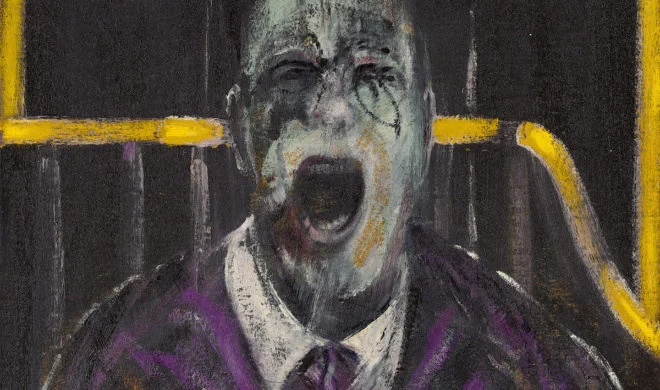
YOUR LOVE CUTS LIKE A KNIFE: WEDDING SONG
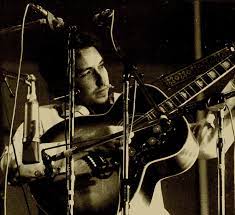
WHO’S GONNA THROW THAT MINSTREL BOY A COIN? Bob Dylan at the Isle of Wight 1969
Leave a Reply
Logged in as chrisgregory. Log out?
This site uses Akismet to reduce spam. Learn how your comment data is processed.
Your Shopping Basket
- × Bob Dylan – Determined To Stand 2 ×
£12.00£9.00
Subtotal: £18.00
Books by Chris Gregory
- Bob Dylan – Determined To Stand (Audiobook Download) £15.00
- Who Could Ask For More? Reclaiming The Beatles (Audiobook Download) £12.00
- Who Could Ask For More? Reclaiming The Beatles (E-Book Download) £5.99
- Bob Dylan – Determined To Stand (E-Book Download) £6.99
Posts by Chris Gregory
- January 21, 2023ISIS: YOU MYSTICAL CHILD
- January 16, 2023FROM DIFFERENT POINTS OF VIEW: TANGLED UP IN BLUE
- December 26, 2022PODCAST: A Headful of Ideas Season Two 15) Mr. Tambourine Man: Cast Your Dancing Spell



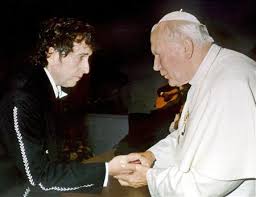
Leave a Reply